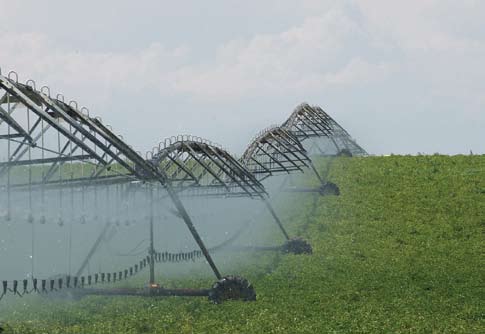Putting the rubber to the road, assigning
tasks, monitoring work strategy, but also performance, is the
difficult work of the operational
 stage of risk management. This level of the strategic
risk-management process puts plans to work. Drawing from the work
accomplished in steps one and two – determining financial health and
risk preferences – coupled with the risk goals set in step three,
the operational steps describe the day-today activities needed to
carry out the tactics analyzed and selected in steps four through
seven of the strategic risk-management process, or SRMP.
stage of risk management. This level of the strategic
risk-management process puts plans to work. Drawing from the work
accomplished in steps one and two – determining financial health and
risk preferences – coupled with the risk goals set in step three,
the operational steps describe the day-today activities needed to
carry out the tactics analyzed and selected in steps four through
seven of the strategic risk-management process, or SRMP.
Where the strategic level of the process assembles an inventory
of resources available and develops the plan itself, the tactical
level looks at how the plan will be accomplished by examining
various management alternatives and choosing one to pursue.
The operational level makes the selected management alternatives
happen and provides for the internal processes needed to sustain the
effort over time. The operational level of the SRMP includes three
steps: implementation, monitor and adjust, and replan. Although when
viewed in the SRMP diagram, they appear as a linear, step-by- tep
means of putting a strategic plan to work.
Implementation
The process of putting a strategic plan into action may take many
forms, depending on the culture of the organization, history of
previous efforts, size in terms of number of individuals involved,
geographic scope, and number and diversity of enterprises, as well
as management style and degree of structure within the business.
In addition, the strategy selected plays a heavy hand in how
implementation occurs. For example, a number of alternative
strategies are available to develop or maintain a competitive
advantage. Possibilities include creating barriers to entry,
competitive pricing, or technological change and innovation, and
adjusting firm architecture or personnel management. Each of these
overarching strategies implies a very different method for
implementation.
In its essential form, implementation is focused on three
fundamental activities: resource acquisition, resource flow, and
resource coordination. Resources in this context are the raw
materials needed to create the products or services offered for sale
by the firm. In livestock operations these would include grass and
other forages, stored feeds such as hay and grain, the livestock
animals, buildings and other improvements, the people involved in
providing labor and management skills. A similar list can be
assembled for any business or any alternative agriculture
enterprise. These resources are traditionally grouped into three
broad categories: land, labor, and capital.
First and foremost, implementation is about making sure the
correct quantity of resources is available where and when they are
needed. The resources must also be of the correct quality and must
be in a condition to provide service for the needed period of time
at the level required.
Resources can be obtained in a number of ways, such as purchasing
with equity capital, purchasing with credit, renting/leasing, via
share arrangements, custom hiring, sub-contracting, or trading for
like resources/services.
The flow of resources into and out of the business must also be
carefully managed for successful implementation. Not only is it
critical that resources be available in the quantity needed, but
also when and where they are needed. Resource levels fluctuate over
the production year. But resource levels must be managed throughout
the year for areas such as stored feedstuffs, farm diesel fuel,
rangeland forages, and ranch labor. The success of many farm and
ranch enterprises hinges on the ability of management to constrain
the use of resources to sustainable levels, while simultaneously
generating optimum output.
Coordination of acquisition and flow of resources throughout the
production year is an essential facet of the implementation step.
Resource demands by more than one enterprise, services provided by
subcontractors within a limited window, or redirecting resource in
response to changing conditions are all examples of the need for
coordination. Strategic planning can assist in this process to some
extent through development of detailed operational plans. However,
day-to-day oversight is required to ensure success.
Communication is a key dimension in the coordination function.
Effective managers will develop plans for appropriate communication
to be employed as operational plans unfold. Details included in a
communication plan will include: who needs to know, what they should
know, and when they should know. Communication may also take many
forms, increasing the complexity of this important function. In
addition, a number of languages may be used depending on the
ethnicity and backgrounds of the people.

